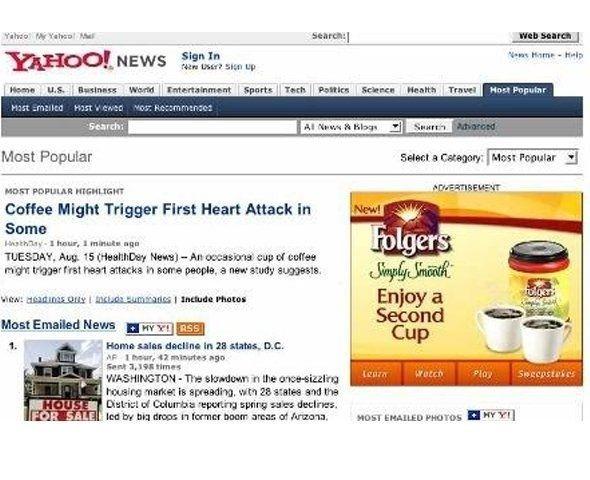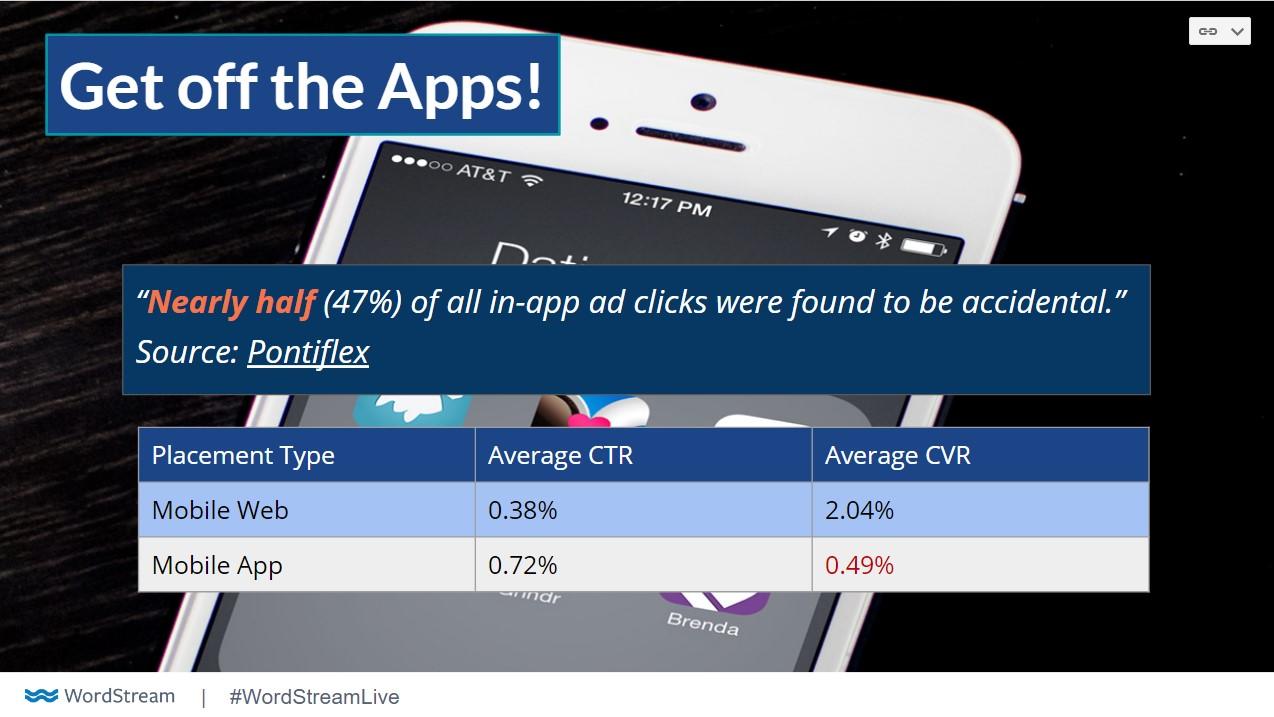
Your Google Ads Display placements should be as important to an advertiser as the ad creative itself.
Imagine this: You’re sitting at your desk, it’s a Tuesday. It’s raining slightly and you’re looking out the window thinking about all those leads you’re bringing in with your new display ads. The phone rings, you’re delighted. You’re ready to take on whatever questions this new prospect has.
But it’s not a lead. It’s your mother. She saw your new ad! She knew something was wrong and had to call you. “I was looking up Anatidaephobia on a website and your DUCK was staring right back at me! Do you know what Anatidaephobia is? It’s a fear of being watched by ducks!”
How did this happen? What can we do about it? How do we turn it off before someone else sees it? Why was your mother looking up Anatidaephobia!? Relax, we know the answers to some of these questions.
What Are Google Ad Display Placements?
We’re so glad you asked! Placements are the specific websites your Google display ads show up on. Though these placements will help prevent your duck from showing up on Anatidaephobia sites, there is much more power behind them than potentially scaring the pants off your mother.
There are two types of placements available on the display network. Here’s how they work:
Automatic Placements
When using automatic placements, Google will determine placements for your ads based on sites it judges to be relevant to your business.
Managed Placements
Managed placements give you a little more control: You determine placements for your ads based on prospect trends and relevancy to your business. Managed placements are available on the following campaign types:
- “Display Network Only” campaigns
- “Search Network with Display Select” campaigns
- “Video” campaigns
The Basics of Google Ad Display Placements
Google’s display network spans over two million websites and captures 90% of the web, so the room for error is great, and could be costly.
Like optimizing keywords for search campaigns, optimizing your placements can provide an increase in conversion volume and a decrease in your cost per lead. Ultimately, though, placements should only be a single layer in your targeting for your display campaigns. For example, you’re going to want to keep in mind the placements you’re targeting, as well as the keyword-level targeting you’re working with.
As you can see in the image below (another classic from the bad ad placement archives), this company made a mistake likely by targeting the keyword “coffee” as well as a placement of a news site. This would normally be a good defined target, only the news site had just published an article about the dangers of drinking coffee.
When optimizing your Google Ad Display Placements, keep these other layers in mind:
Display Keywords
- Like search keywords, these are terms relevant to your product or services. With display advertising however, they are used for contextual targeting.
Topics
- Topics are used to target sites with content that matches a certain topic you define. For example, if you choose “Home and Garden” as a topic, you can expect your ads to show on a list of home and garden sites.
Audiences
- Audiences will show your ads to a specific list of people rather than on specific sites. These are defined by remarketing lists, in-market, affinity audiences, etc.
Demographics
- Think of your target demographic. Are 18-year-olds more likely to go on news sites or blogs? Are women or men more likely to view a given page on your site?
Device
- Are your prospects more likely to view a site on mobile than they would desktop? Is the site mobile optimized? How does each device convert?
Determining Where to Place Your Ad Via Managed Placements
Google is great at putting the right content in front of the right people. It’s literally what the search engine is designed to do.
That being said, no one knows your clients better than you do. Automatic placements could be costing you a pretty penny within your display campaigns if Google is targeting a site that doesn’t convert well with your clients. Unfortunately, determining managed placements is more difficult than ever with the new Google Ads UI moving away from the display planner.
Here’s how to find the best placements for your business:
Look at your existing placements (if you have them).
See what’s performing well in your current list. From there, think about your target audience.
- How do they spend their day?
- What sites are they likely to browse while at work, on lunch, etc.?
Do some research on how different websites convert overall.
For example, WordStream conducted a study on Breitbart and found that results from that placement were poor across the board.
Check your placement’s content.
When adding a placement, it’s generally a good idea to type in some top-performing keywords in the search bar of the site and see what types of articles come up.
Consider the amount of traffic going to the site.
If you’re targeting a niche site, you’re going to get fewer impressions than one that gets a lot of visitors.
Is There An App For My Business?
There’s an app for everything! Unfortunately, there’s not a lot of data working in favor of advertising on them. Nearly half (47%) of all in-app clicks were found to be accidental. That’s probably because people are working with a smaller screen, and in some cases kids may be to blame for this one.
Unfortunately, when an ad pops up in an app, the “x” is often too small to comfortably close it without accidentally clicking on it. Sometimes the failure to close the ad happens multiple times. If you have children, you know as much as I do that an ad results in boogers sliding over the screen, followed by a “Mooooooom! It’s broken again!” It’s really messy, and quite frankly, hard to watch.
Google recently made some changes to its mobile app exclusions – learn more about the changes in this post by Allen Finn.
Optimizing Your Managed Placements
Now that you have a good list of managed placements, we need to move into optimizations. This is where we’ll take a look at what’s working and what’s not. This task should be performed often, to ensure you’re keeping up with market changes. Like keywords, placements can (and should) be excluded if they are not effective.
Here are some items to pay attention to:
Are things converting particularly well on a specific site?
If so:
- Consider a positive bid adjustment
- Look for other sites that produce similar content and add new targets
Are things converting poorly on a specific site?
If so:
- Do a search for some of your top keywords on the site. If you see an article that is specifically calling out your brand or service negatively, exclude the specific page
- Look at the traffic to the site; is there enough to support your campaign goals?
- Consider a negative bid adjustment
- Consider excluding the placement and reallocating budget
Congratulations! You’ve effectively removed all instances of unwanted ducks across the web! Go reward yourself with a nice cup of coffee, and maybe consider calling your mother.









